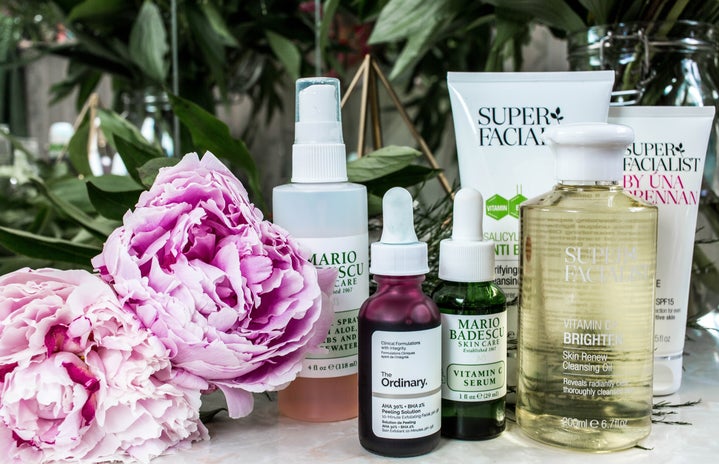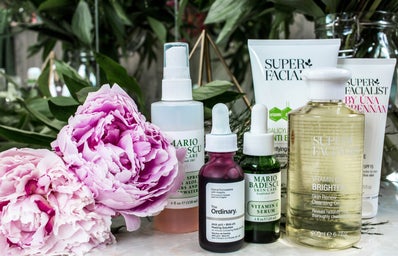Facial peels or, as they’re more scarily known, chemical peels are becoming increasingly popular among the beauty and skincare industry. But as they rise in production and brand variation, we have to ask ourselves whether or not they will do more damage than good.
Chemical peels are a mixture of chemicals and minerals that are applied to the skin on your face and neck, similar to a face mask, that when taken off, remove the top layer of your skin, according to the Mayo Clinic.
They’re mainly used to combat wrinkles in older people, but also to reduce dullness in the skin, treat scars as well as improve skin discolouration.
Peels can be done professionally by qualified experts, or easily at home by yourself. Dermologica stated that both professional and at-home peels use similar chemicals, such as exfoliants like Alpha Hydroxy Acids, as well as different natural ingredients like papaya and rice.
The main difference between professionally done peels and DIY home peels is of course, the price. Professional peels cost far more, but with the high cost comes a low risk of your skin reacting badly, as you know you’re in the care of a specialist. Dundrum Clinic chemical peels range from a starting point of €100 to €300 and up to almost €500 to treat special skincare difficulties.
Store bought and home-made peels, while cheaper, offer a far greater risk of a resulting reaction. Ingredients for home-made peels can be bought nearly everywhere online, but it is worth noting to be careful about what chemicals and acids you buy, and is not recommended to do so online.
Most chemical peels are categorised under one of three different types, the first being superficial peels. These use mild acids to do a gentler exfoliation on the skin, so only the first layer of your skin is really being affected. It’s the most ideal option for those who have incredibly sensitive skin, as it won’t allow any potential damage to penetrate deeper into the skin layers.
The second type of peels are known as medium peels. Different acids, such as glycolic acid or trichloroacetic are used to get deeper into the skin layers, which removes more damaged skin cells than a superficial peel would, according to Healthline.
The third type are known as deep peels, which, as expected, get to the deeper layers of the skin to remove dead and damaged cells using phenol and trichloroacetic acid, which is also used in medium peels.
As with anything skin related, there’s always a risk. Some potential negative effects from chemical peels can include scarring of the skin and darkening/lightening on the skin colour.
More serious effects can include infection, which rarely ever happens but have been known to have occurred with people who suffer with herpes, and have experienced flares after a peel.
A far more serious effect that can be at risk is damage to the heart, liver or kidneys however, this is known to be a risk associated with the use of phenol in deep peels. Phenol can cause irregular heartbeats so it is worth noting that if you suffer from any poor heart, liver or kidney conditions, do make sure that phenol is not used in the peel.
As the peels vary in the depth that they penetrate the skin, the healing time for the new layer of skin varies. With light and medium peels, healing time usually ranges from four to seven days, with some people experiencing redness and slight swelling from the treatment.
Deep peels take longer to heal, and have been known to cause more pain in the process. As they reach a deeper layer of skin and remove more cells, the new skin layer is more vulnerable and sensitive, so it usually takes around two weeks for the new layer to heal and develop.
After peeling, most people experience redness, swelling and throbbing sensations. In some cases, people’s eyes have swollen to a near close. Doctors recommend that after a peel, you should stay out of direct sunlight and to moisturise frequently. They also advise the use of ice packs for no longer than 20 minutes to relieve pain and discomfort.



